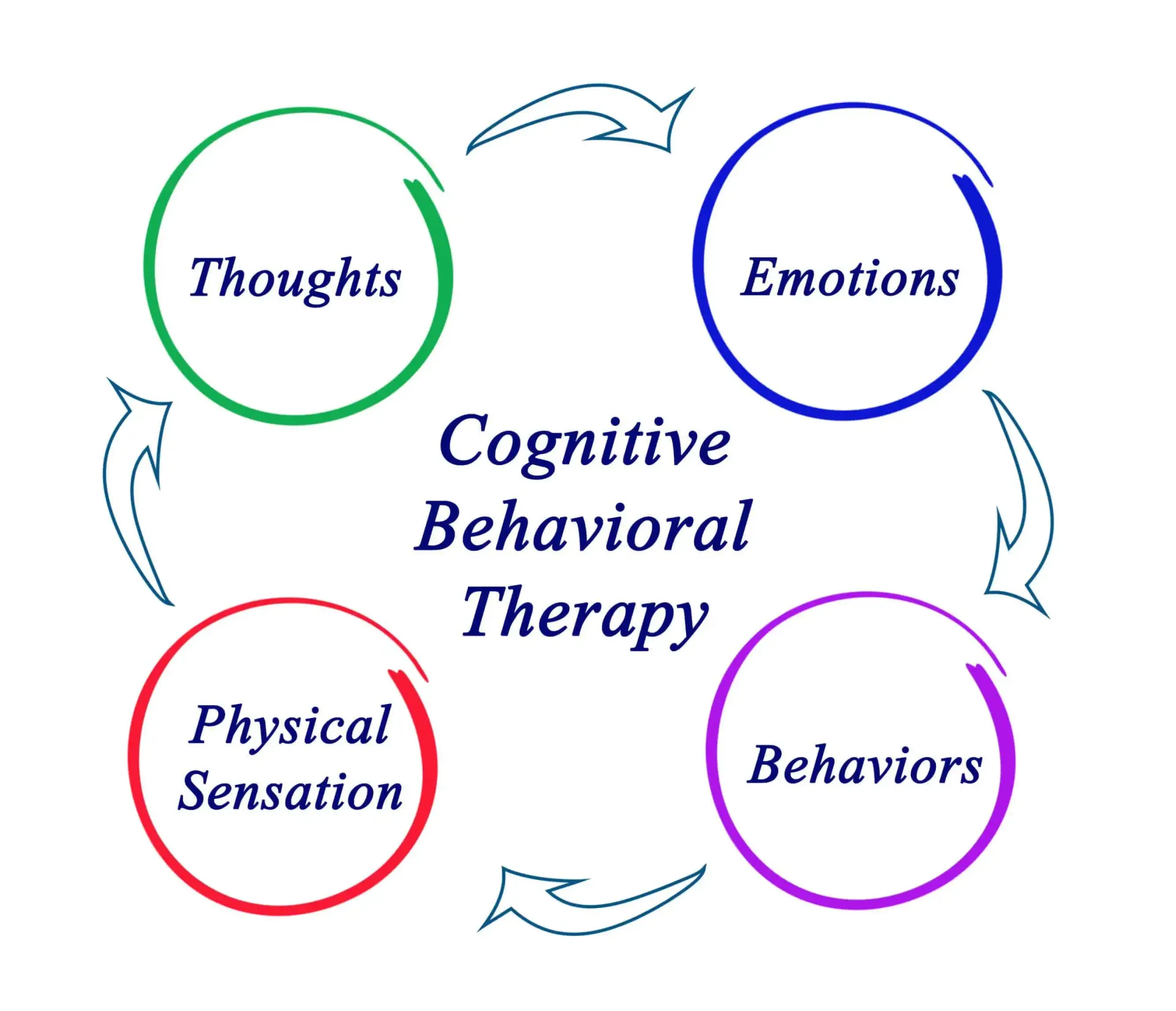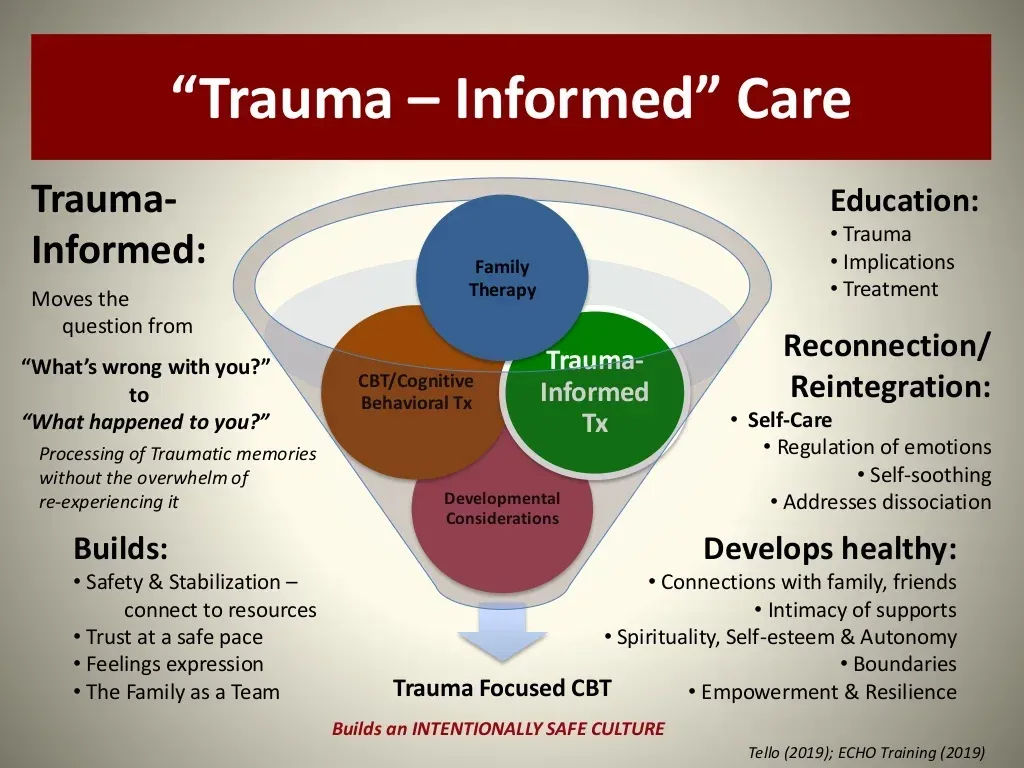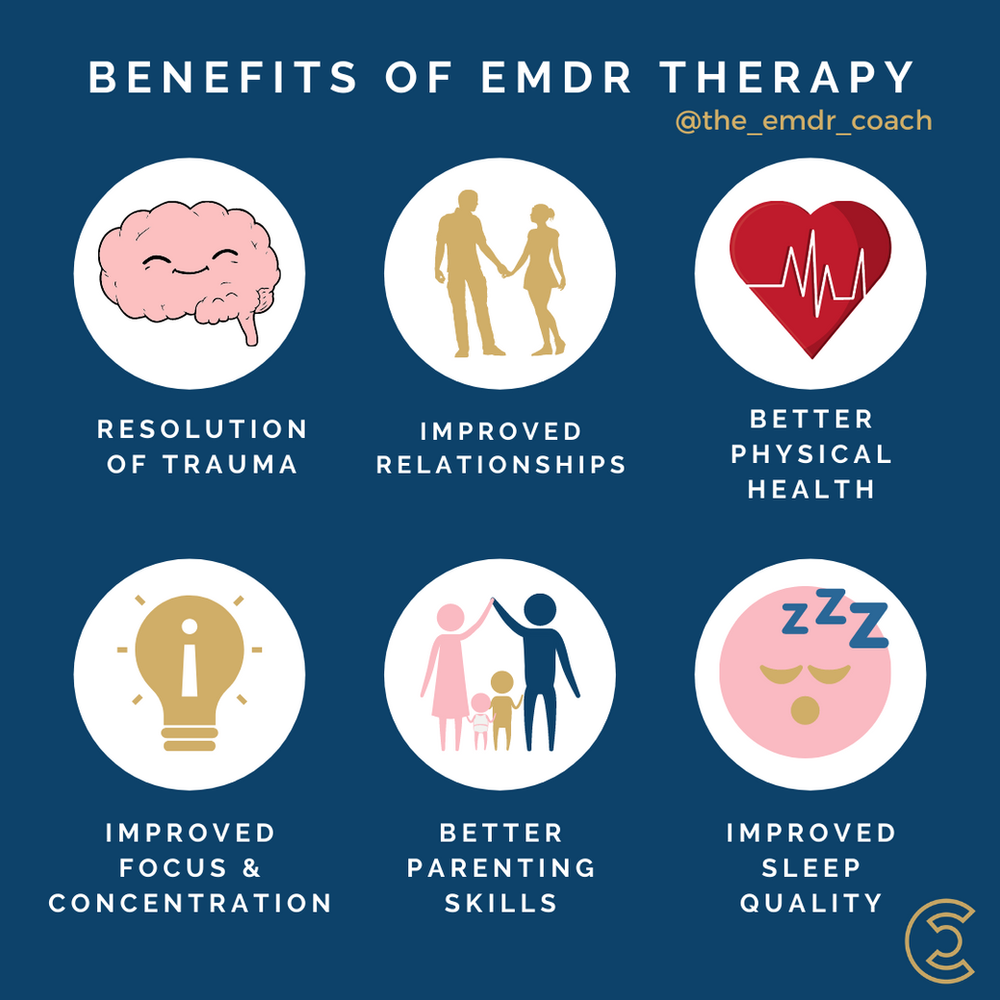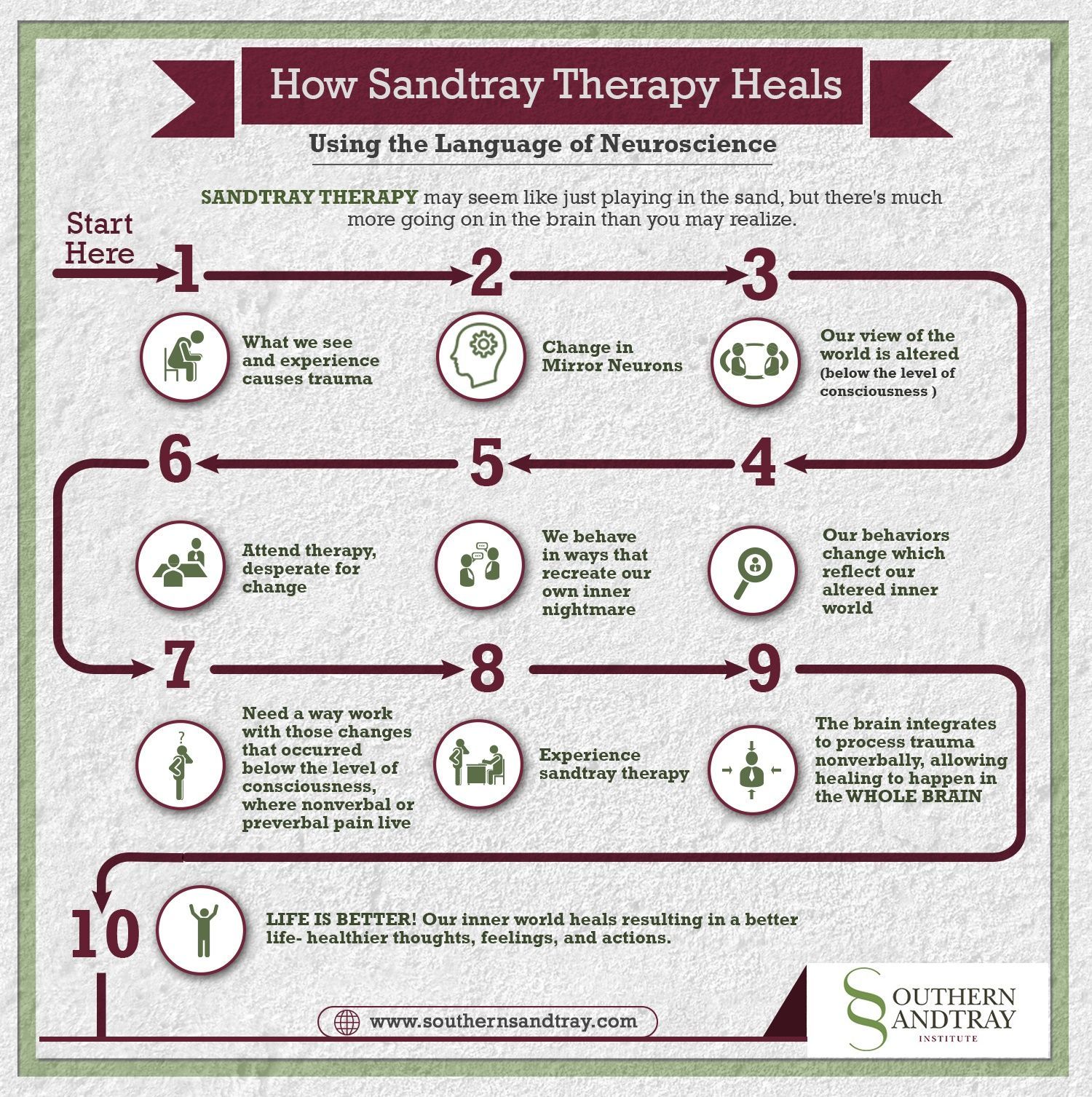
Cognitive Behavioral Therapy
Cognitive behavioral therapy (CBT) is a form of psychological treatment that has been demonstrated to be effective for a range of problems including depression, anxiety disorders, alcohol and drug use problems, marital problems, eating disorders, and severe mental illness. Numerous research studies suggest that CBT leads to significant improvement in functioning and quality of life. In many studies, CBT has been demonstrated to be as effective as, or more effective than, other forms of psychological therapy or psychiatric medications.
CBT is based on several core principles, including:
Psychological problems are based, in part, on faulty or unhelpful ways of thinking.Psychological problems are based, in part, on learned patterns of unhelpful behavior.People suffering from psychological problems can learn better ways of coping with them, thereby relieving their symptoms and becoming more effective in their lives.
CBT treatment usually involves efforts to change thinking patterns. These strategies might include:
Learning to recognize one’s distortions in thinking that are creating problems, revaluateing them in light of reality, gaining a better understanding of the behavior and motivation of others, using problem-solving skills to cope with difficult situations, and learning to develop a greater sense of confidence in one’s own abilities.
CBT treatment also usually involves efforts to change behavioral patterns. These strategies might include: facing one’s fears instead of avoiding them, using role playing to prepare for potentially problematic interactions with others, and learning to calm one’s mind and relax one’s body.
Not all CBT will use all of these strategies. Rather, the psychologist and patient/client work together, in a collaborative fashion, to develop an understanding of the problem and to develop a treatment strategy.
CBT places an emphasis on helping individuals learn to be their own therapists. Through exercises in the session as well as “homework” exercises outside of sessions, patients/clients are helped to develop coping skills, whereby they can learn to change their own thinking, problematic emotions, and behavior.
CBT therapists emphasize what is going on in the person’s current life, rather than what has led up to their difficulties. A certain amount of information about one’s history is needed, but the focus is primarily on moving forward in time to develop more effective ways of coping with life.
Source: APA Div. 12 (Society of Clinical Psychology)

Trauma-Focused Cognitive Behavioral Therapy
Appropriate candidates for this treatment include the following:
• Children and adolescents (ages 3–18) who remember being exposed to at least one trauma (e.g., child maltreatment, community violence, traumatic loss of a loved one) and who experience the following:
o PTSD symptoms
o Elevated levels of depression, anxiety, shame, or other dysfunctional abuse-related feelings, thoughts, or developing beliefs
o Trauma-related behavioral problems, including age inappropriate sexual behaviors
• Nonoffending parents or other caregivers
TF-CBT has demonstrated effectiveness in a variety of environments (e.g., clinical settings, foster care, schools, in-home), with children and families from diverse cultural backgrounds, and for individuals experiencing different trauma types (e.g., physical or sexual abuse, domestic violence, disaster, traumatic grief), including multiple trauma types or exposures (Cohen & Mannarino, 2015).
TF-CBT may not be appropriate or may need to be modified for the following populations:
• Children and adolescents whose primary problems include serious conduct problems (e.g., aggressive or destructive behaviors) or other significant behavioral problems that existed prior to the traumatic events and who may respond better to an approach that focuses on overcoming these problems first.
• Children who inappropriately or illegally use substances on an extensive basis.
• Children who are acutely suicidal.
• Adolescents who are currently exhibiting serious cutting behaviors or engaging in other parasuicidal behavior (i.e., nonfatal self-harming behavior). It is important to conduct meaningful assessments of children who may be candidates for TF-CBT to ensure they fit the profile of those in the target population and therefore benefit from this intervention.
Components of the TF-CBT protocol can be summarized by the word “PRACTICE”:
• P - Psychoeducation and parenting skills—Discussing and teaching about child abuse in general and the typical emotional and behavioral reactions to sexual abuse as well as skills training for parents in positive parenting, child behavior management strategies and effective communication.
• R - Relaxation techniques—Teaching relaxation methods, such as focused breathing, progressive muscle relaxation, and visual imagery, which may benefit the parent as well.
• A - Affective expression and regulation—Helping the child and parent manage their emotional reactions to reminders of the abuse, improve their ability to identify and express emotions, and participate in self-soothing activities.
• C - Cognitive coping and processing—Helping the child and parent understand the connection between thoughts, feelings, and behaviors and exploring and correcting inaccurate and/or unhelpful attributions related to everyday events.
• T - Trauma narration and processing—conducting gradual exposure exercises, including verbal, written, and/or other creative recounting of abusive events, and processing inaccurate and/or unhelpful thoughts about the abuse
• I - In vivo exposure—Gradual exposure to trauma reminders in the child’s environment (e.g., darkness, the setting where the trauma occurred), so the child learns to control his or her own emotional reactions.
• C - Conjoint parent/child sessions—Family work to enhance communication and create opportunities for therapeutic discussion regarding the abuse and for the child to share his/her trauma narration.
• E - Enhancing personal safety and future growth— Education and training on personal safety skills,
interpersonal relationships, and healthy sexuality and encouragement in the use of new skills in managing future stressors and trauma reminders.

Eye Movement Desensitization and Reprocessing
Eye movement desensitization and reprocessing therapy, commonly known as EMDR, is a mental health therapy method. EMDR treats mental health conditions that happen because of memories from traumatic events in your past. It’s best known for its role in treating post-traumatic stress disorder (PTSD), but its use is expanding to include treatment of many other conditions.
https://www.emdr.com/what-is-emdr/

Sandtray Therapy
Sand tray therapy, or sandplay therapy, is a therapeutic approach used for people who have experienced a traumatic event such as abuse or a catastrophic incident. Although this type of therapy is used most often with children, sandplay therapy also can be helpful for teens and adults.
When utilizing this therapy, psychotherapists use sand trays to assess, diagnose, or treat a variety of mental illnesses. Research shows that sand tray therapy can help increase emotional expression while reducing the psychological distress that may come from discussing traumatic events or experiences.
Sweeney DS. Sandtray therapy. Play therapy with children: Modalities for change. Published online 2021:9-24. doi:10.1037/0000217-002


